Dog Food

When it comes to choosing the best dog food for your furry friend, there are tons of options available. For new pet parents, it can be extremely intimidating to select the best brand of dog food. However, with the proper education and know-how, you’ll be able to choose the right dog food for your pooch. You need to remember that the most important part of selecting dog food is knowing what exactly you are looking for. Also, you need to have a basic understanding of the ingredients and components that makes up the dog food and if they’re vital for your pooch’s diet. Furthermore, you have to check the breed of your dog, the lifestyle and if there are any special dietary requirements. So, here’s a comprehensive guide to help you select the right food for your dog. Take a look.
10 Best Dog Food in 2025
| Products | Information | Price |
|---|---|---|
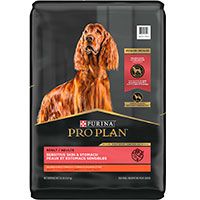
Purina Pro Plan Adult Dry Dog Food
|
Weight: 30.0 pounds
Lifestage: Adult
Breed size: Small Breeds, Medium Breeds, Large Breeds, All Breeds
Food form: Dry Food
Special diet: High-Protein, Sensitive Digestion, Weight Control, No Corn No Wheat No Soy |
Check Price |
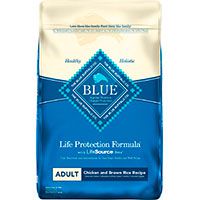
Adult Chicken & Brown Rice Blue Buffalo Dry Dog Food
|
Weight: 30.0 pounds
Lifestage: Adult
Breed size: Small Breeds, Medium Breeds, Large Breeds, All Breeds
Food form: Dry Food
Special diet: No Corn No Wheat No Soy |
Check Price |
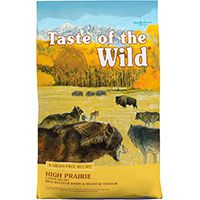
Grain-Free Food
|
Lifestage: Adult
Breed size: Small Breeds, Medium Breeds, Large Breeds, All Breeds
Food form: Dry Food
Special diet: Grain-Free, Gluten-Free, High-Protein |
Check Price |
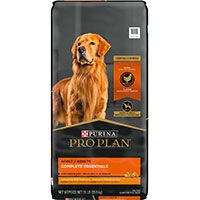
Purina Pro Plan Blend Chicken & Rice Formula Dry Dog Food
|
Weight: 35.0 pounds
Lifestage: Small Breeds, Medium Breeds, Large Breeds, All Breeds
Food form: Dry Food
Special diet: High-Protein, High Fiber |
Check Price |
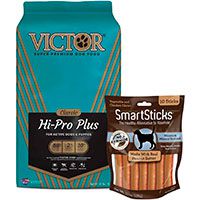
Bundle: VICTOR Classic Hi-Pro Plus Formula
|
Flavor: Beef
Weight: 50 pounds
Food form: Dry food
Age Range Description: Adult |
Check Price |
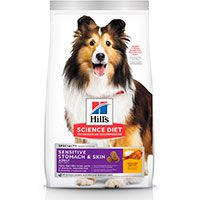
Hill's Science Diet Dog Food
|
Weight: 30.0 pounds
Lifestage: Adult
Breed size: Small Breeds, Medium Breeds, Large Breeds, All Breeds
Food form: Dry food
Special diet: Sensitive Digestion |
Check Price |
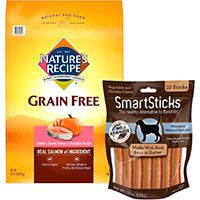
Bundle: Nature's Recipe Dog Food
|
Flavor: Salmon, Sweet Potato & Pumpkin
Food form: Dry food
Lifestage: Adult
Breed size: Small Breeds, Medium Breeds, Large Breeds, All Breeds |
Check Price |
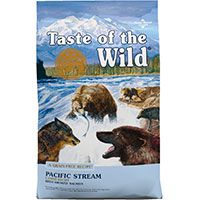
Taste of the Wild Dog Food
|
Lifestage: Adult
Breed size: Small Breeds, Medium Breeds, Large Breeds, All Breeds
Food form: Dry Food
Special diet: Grain-Free, Chicken-Free |
Check Price |
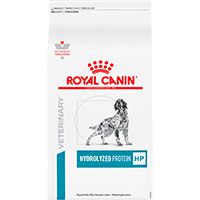
Royal Canin Protein Adult HP
|
Weight: 25.3 pounds
Lifestage: Adult
Breed size: Small Breeds, Medium Breeds, Large Breeds, All Breeds
Food form: Dry Food
Special diet: Limited Ingredient Diet, Pea-Free, Veterinary Diet, Hydrolyzed Protein |
Check Price |
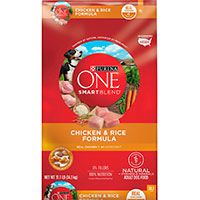
Adult Formula Dry Dog Food
|
Weight: 31.1 pounds
Lifestage: Adult
Breed size: Small Breeds, Medium Breeds, Large Breeds, All Breeds
Food form: Dry Food
Special diet: High-Protein |
Check Price |
View all dog food
What is Food for Dog?
This question may seem like a no-brainer, but it must be answered because a lot of dog-parents make it a habit to sneak their pups a little extra under the table. Feeding human food to dogs sometimes is acceptable, but you are advised against making a habit out of it. Dogs should not eat human food in large quantities because their bodies are not capable of digesting things the way a human body does. People foods are often filled with preservatives, fats, additives and such other unnatural things.
On the other hand, dog food is formulated specifically to fit the dietary requirements and needs of your dog. It is generally made up of meat byproducts, meat, grains, cereals, minerals and vitamins. Nowadays, you will also find dog foods that cater to special dietary requirements of your dog like, grain-free dog food, vegan dog food, low protein dog food and so on. Organic dog foods are also quite popular.
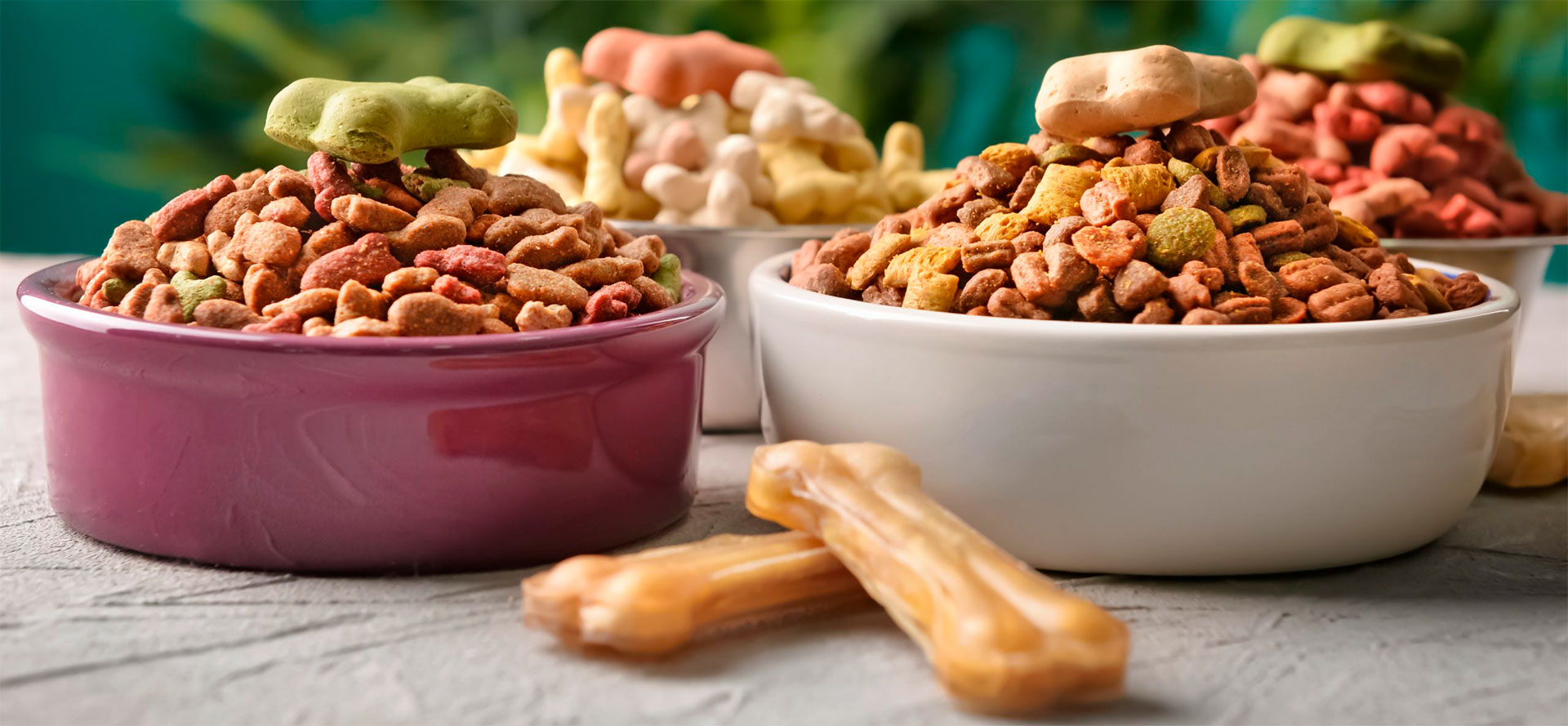
Food for Different Life Stages
Before selecting the best dog food brands, you have to know the life stage that your dog is at. The different stages of life will determine the proper balance in fats, protein and fiber. However, you also have to keep in mind that the dog food diet depends on the breed, as well as, the activity level of your dog.
- Puppy food – Below 1-year old, puppy food should be given to your pooch. Puppy foods have the right ratio of protein to fat and they’re usually extra rich in antioxidants and calcium. Puppy foods are formulated specifically for puppies and it caters to their needs of extra nutrition and attention as they’re still developing.
- Adult dog food – If your dog is between 1 and 6 years, you have to feed him food that has the right fat to protein ratio. This is going to facilitate normal activity while ensuring that your pooch does not gain weight unnecessarily. You can check out our list of top 10 food for dogs to get an idea.
- Dog food for active/performance dogs – Dogs that lead a high-activity lifestyle need food that has more antioxidants, fat and protein. This helps in maintaining the general body conditioning and weight of the dog.
- Senior dog food – Dogs above the age of 6 years usually fall in the category of senior dogs. This is when you have to be careful of what your dog is eating. Diet for such dogs should be lower on fat and protein, but more fiber so that proper weight is maintained. For joint health, glucosamine is also recommended.
You can take a look at our exclusively curated top 10 vet-recommended dog food for your furry friend. This will help you make an informed decision. Even reading reviews will help you as you can tally your dog’s age and activity with the reviewer’s dog.
More choices available
What are the Different Food Types?
- Wet/canned dog food – Wet or canned dog food include pet foods sealed in some sort of pouch, can or container that can preserve moisture. This type of dog food contains a lot of moisture, but not completely liquid. Wet dog food is cooked in the can and then the cans are cooled. This is a good choice for your dog as it is tasteful and flavorful. It contains the same protein and meat content as dry dog foods, but contains fewer carbohydrates. It comes with an expiration date and once it is opened, it loses its shelf life. If you wish to know the top dog food brands for wet dog food, you can check out our reviews.
- Dry dog food – Also known as kibble, they come in bags. It is distributed at a much higher weight compared to wet dog food. It has little water to it and while feeding this to your dog, you must make sure to have a bowl of water out. Since dry dog food is chewable, it is beneficial for dogs’ gum and teeth health.
- Grain free dog food – This refers to dog food that does not contain grains including barley, soy, wheat, rice and corn. It is not that grains are toxic for your dog, but they aren’t really a great source of protein like animal meats. To put it simply, a grain-free canine diet focuses on meats and good for dogs with a sensitive stomach as the food can be digested quickly.
- Vegan dog food – This healthy dog food is consistent with the properties of veganism. From the evolutionary perspectives, dogs are not supposed to be on a vegan diet. However, due to some kind of health issue, your dog might be prescribed a meat-free diet. Vegan dog foods will allow your dog to get the required protein without eating meat. They source their proteins from plant bases like, soy, beans and other non-animal-produced, non-meat sources. You can check out our top 10 products in the vegan dog food category to decide the best for your pooch.
- Organic dog food – When dog food is labelled as ‘organic’, it means that it is free of synthetic hormones, antibiotics, preservatives and toxic pesticides. The ingredients found in organic dog food are not genetically engineered, irradiated or grown in chemical fertilizer. In this category, you will find three types of dog food – 100% organic where all the ingredients are organic; organic where 95% of ingredients are organic and made with organic where about 70% of ingredients are organic. If you need more help decoding organic dog food labels, you can refer to our reviews.
- Freeze dried dog food – This is made from cooked fresh foods and all of the water content is removed with the help of a special process. The result is a dry and light product that is properly packaged in airtight containers. Freeze-dried dog foods can remain viable for years if the packaging has not been opened or damaged. When it’s time to feed your pooch, just open the pack, add a little water and serve it to your dog. To know about the dog food brands specializing in freeze-dried dog foods, take a look at our top 10 list.
- Limited ingredient dog food – These are formulated purposefully to reduce the number of ingredients that your pooch is exposed to. These formulas provide your dog with a variety of limited protein sources, such as salmon, duck and so on. The major allergy-inducers are restricted including milk, soy, eggs, certain meats and such other ingredients that may cause allergic reactions. You can tell that your dog needs to be on a limited ingredient dog food diet if he or she shows discomfort or symptoms of allergies when eating a certain ingredient.
- Hypoallergenic dog food – These are becoming extremely popular among pet parents as these dog foods are highly unlikely to cause an allergic reaction. These are necessary for pooches unable to consume all types of commercial dog foods. Hypoallergenic dog foods are chosen and sourced in a way that they are the healthiest dog food and good for pooches who are allergic to certain ingredients like, milk, egg or certain types of meat.
- Dehydrated dog food – These are minimally processed and the consistency is the same as freeze-dried. The method of creating dehydrated dog food is specifically designed to preserve the nutritional value of every single ingredient. They offer the benefits of a raw food diet without the hassle of defrosting. Go through our reviews regarding dehydrated dog food and also check out the dog food ratings.
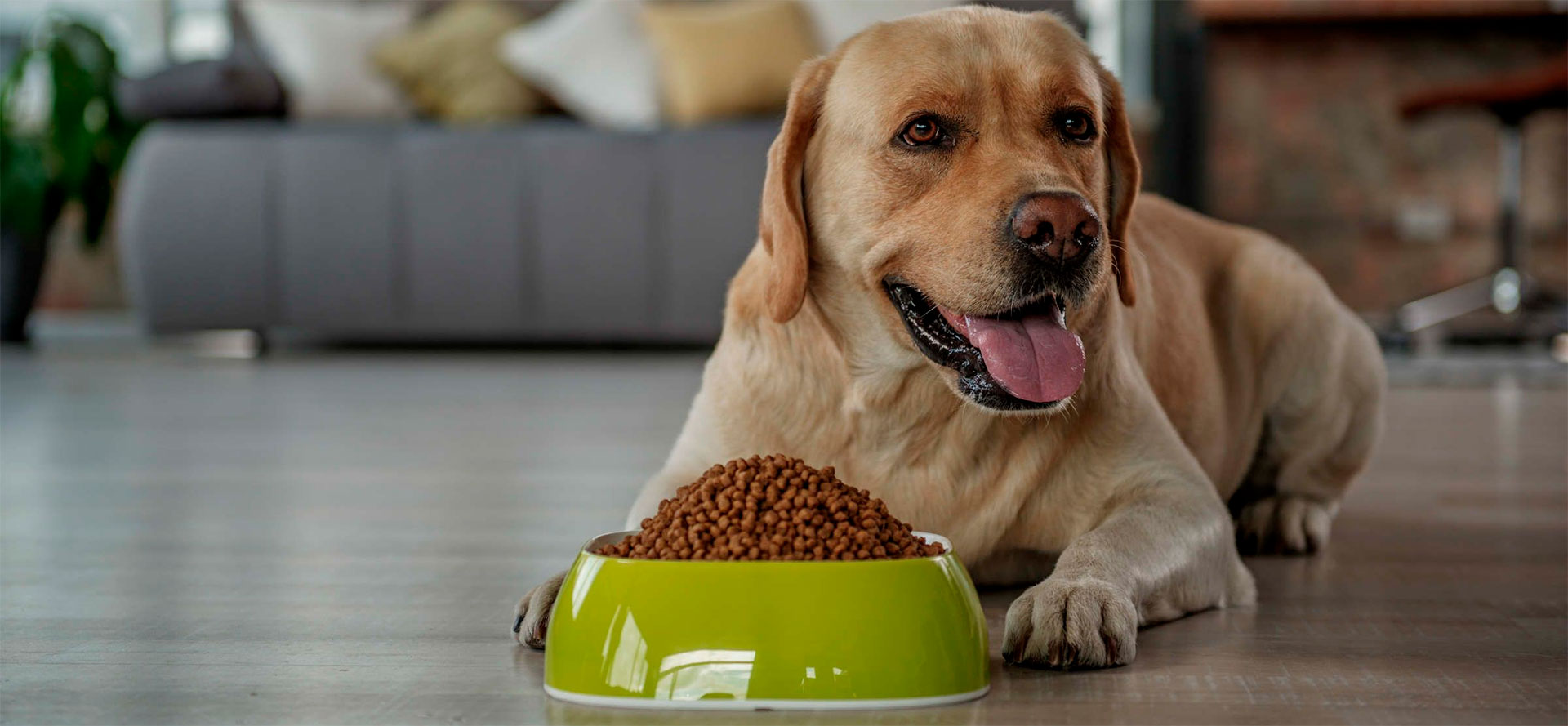
In addition to the above-mentioned dog food types, we can also categorize dog foods based on the nutritional requirements of your dog. Just like humans, different dogs require different types of dog food diet. Diets can be based on the size and breed of your dog, health conditions, special dietary requirements due to lifestyle and activities, and so on. Some of the dog food diets are:
- Low-protein dog food diet;
- High-fiber dog food diet;
- High-protein dog food diet;
- Low-fat dog food diet;
- Legume-free dog food diet;
- Hydrolyzed protein dog food diet;
- Low carb dog food diet;
- Dog food diet for dogs with heart disease;
- Dog food diet for dogs with a sensitive stomach;
- Dog food diet for senior dogs;
- Dog food diets for dogs with obesity.
To know which dog food diet is right for your pooch, you need to ask your vet. You can also take a look at our list of healthy dog food brands that you can consider for your furry friend. You’ll also find reviews.
Dog Treats & Types
Dog treats make up for about 10% of the daily food intake of a dog. Treats can be given to your pooch to make him or her behave or learn new tricks. Treats can be categorized according to the purpose that it serves like:
- Training treats are given to dogs when they’re being trained to behave, poop, and so on.
- Comfort treats are given to pooches when they’re bored and need something to concentrate for a few hours. Bone or chew treats are best here as they cannot be gobbled up instantly.
It is important to know how to how and when to use dog treats. Treats can benefit the health and happiness of your dog.
Take a look below at the different types of dog treats available to you.
- Crunchy dog treats – Crunchy, hard treats are also referred to as dog biscuits. They’re available in varied shapes, flavors and sizes. Make sure that the size of the treat is appropriate to the size of your furry friend. They can be used as everyday rewards for your pooch.
- Soft dog treats – Chewy, soft treats are available in myriad sizes, shapes and flavors. They are very useful during training due to their soft texture and pleasing taste. For immediate gratification, you can use small sizes during training. Make sure to choose the right brands that use high-quality dog food ingredients to make dog treats. Our list of top 10 soft dog treats can help you.
- Jerky and freeze dried dog treats – Jerky and freeze dried dog treats taste similar to human food. These treats are made available in varied forms like, liver, meats, seafood and poultry. They have a desirable flavor.
- Bone-like dog treats and dental chews – These are made from animal bones. Some of them are also made from corn starch and such other digestible materials. Since these require a lot of chewing, they are believed to promote dental health. Make sure to choose the appropriate size and also ensure that it isn’t too hard.
- Rawhide dog treats – Dog treats made of rawhide are not always recommended for dogs, but the ones that are specially treated for digestibility can be given to your dog. Check out our reviews to know if it is best for your dog.
Other types of dog treats include healthy dog treats, limited ingredient dog treats, grain free dog treats and special diet dog treats.
So, now that you have an idea of what kind of food to feed your dog, start stocking up on top quality food dog items. For more idea, you can see reviews and match it with the breed, size, lifestyle and health condition of your pooch.
Choose dog food now
FAQs
What is the best dog food?
The best dog food can vary based on your dog's age, health, and preferences, like it being canned, wet, or dry. Therefore, it's best to look at what your dog likes the most and speak to your veterinarian, who can provide you with accurate options.
How long can a dog go without food?
Dogs should never go without food; it's not healthy and can create a range of risks. Most of the time, dogs can last 3-5 days without food. However, for anything longer than 2 days, you should speak to your veterinarian immediately.
Can dogs eat spicy food?
Dogs don't like spicy foods and can't handle them. If your dog has spicy foods, it could cause them many problems such as stomach problems like gas, diarrhea, and pain. It can also cause increased thirst.
What foods are toxic to dogs?
There are many types of food that can be toxic to dogs; the most common ones are avocado, chocolate, onions, macadamia nuts, alcohol, cooked bones, artificial sweetener, xylitol, and coconut.
Tags: pet grooming supplies, camera to watch dog, benefits of vegetables for cats, carabiner dog leash, dog stuff, indoor cat hammock, invisible dog fence reviews, cat toy, sealed dog food container, weight loss dog food






